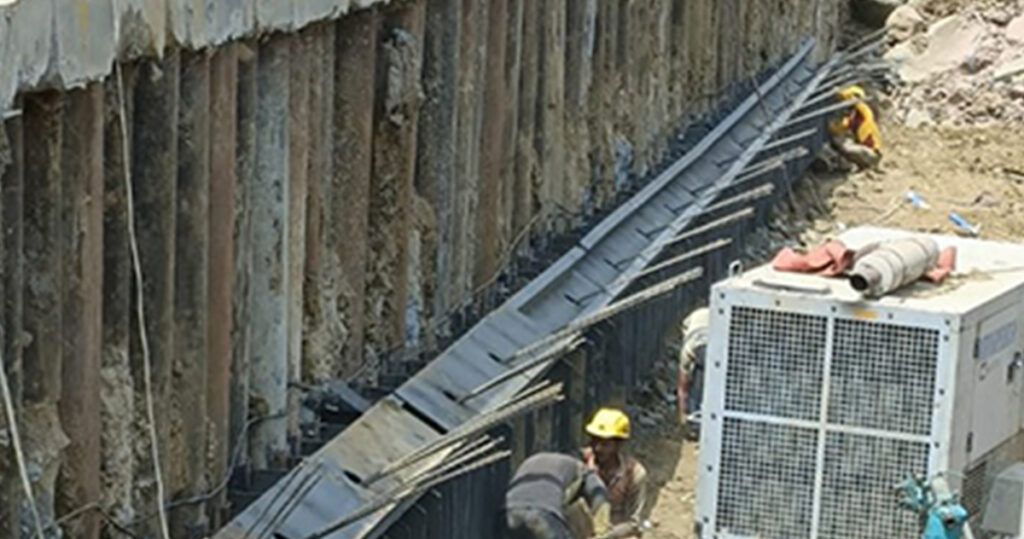Micro Piling, Drilling & Grouting
- Home
- Micro Piling, Drilling & Grouting

Micro Piling, Drilling & Grouting
Micro Piling
There are many reasons a geotechnical engineer would recommend a deep foundation over a shallow foundation, but some of the common reasons are very large design loads, a poor soil at shallow depth, or site constraints (like property lines). There are different terms used to describe different types of deep foundations including the pile (which is analogous to a pole), the pier (which is analogous to a column), drilled shafts, and caissons. Piles are generally driven into the ground in situ; other deep foundations are typically put in place using excavation and drilling. The naming conventions may vary between engineering disciplines and firms. Deep foundations can be made out of timber, steel, reinforced concrete or prestressed concrete
Drilling & Grouting
Groundwater control is an important factor on many sites to control erosion, prevent migration of contaminants, or keep groundwater from entering excavations or below grade structures. Jet grouting and soil mixing prevent the migration of contaminants. Compaction grouting fills voids and fissures to reduce seepage. Cement and chemical grouting create grout curtains for seepage control beneath dams. TRD constructs continuous cutoff walls with very low permeability. Polyurethane grouting seals concrete joints. Hayward Baker has experience with the full range of groundwater control techniques to provide effective groundwater control.

